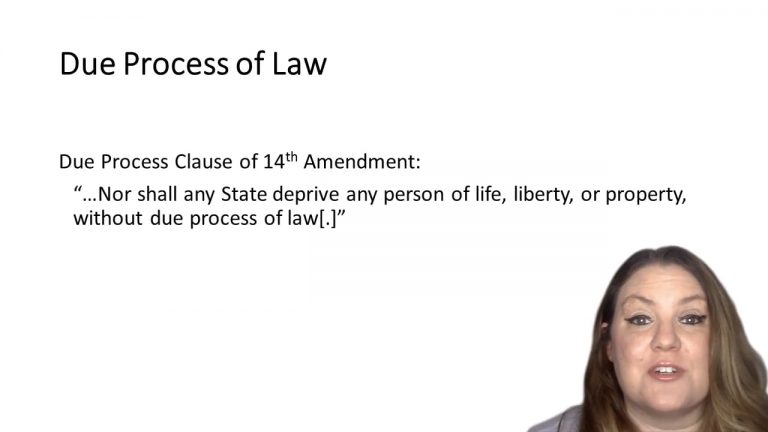SmartBrief
Confirm favorite deletion?
Criminal Procedure Keyed to Dressler
Brown v. Mississippi
Citation:
297 U.S. 278, 56 S.Ct. 461, 80 L.Ed. 682.Facts
The defendants, three black men, were found guilty of killing a white man. They were sentenced to death. Their convictions rested solely upon confessions shown to have been extorted by officers by brutality and violence.
One defendant was hung by a rope, tied to a tree, and whipped. He was told that the whipping would continue until he confessed. He then agreed to confess and was taken to jail. Rope marks on his neck were still plainly visible during the trial. The two other defendants were made to strip and lay over chairs. Their backs were cut to pieces with a leather strap with buckles on it, and they were likewise made by the deputy to understand that the whipping would be continued unless and until they confessed. They eventually confessed.
They appealed, arguing that their confessions should not have been admitted into evidence, as they were not voluntary, and the Supreme Court of Mississippi affirmed.
Only StudyBuddy Pro offers the complete Case Brief Anatomy*
Access the most important case brief elements for optimal case understanding.
*Case Brief Anatomy includes: Brief Prologue, Complete Case Brief, Brief Epilogue
- The Brief Prologue provides necessary case brief introductory information and includes:
Topic:
Identifies the topic of law and where this case fits within your course outline.Parties:
Identifies the cast of characters involved in the case.Procedural Posture & History:
Shares the case history with how lower courts have ruled on the matter.Case Key Terms, Acts, Doctrines, etc.:
A case specific Legal Term Dictionary.Case Doctrines, Acts, Statutes, Amendments and Treatises:
Identifies and Defines Legal Authority used in this case.
- The Case Brief is the complete case summarized and authored in the traditional Law School I.R.A.C. format. The Pro case brief includes:
Brief Facts:
A Synopsis of the Facts of the case.Rule of Law:
Identifies the Legal Principle the Court used in deciding the case.Facts:
What are the factual circumstances that gave rise to the civil or criminal case? What is the relationship of the Parties that are involved in the case.Issue(s):
Lists the Questions of Law that are raised by the Facts of the case.Holding:
Shares the Court's answer to the legal questions raised in the issue.Concurring / Dissenting Opinions:
Includes valuable concurring or dissenting opinions and their key points.Reasoning and Analysis:
Identifies the chain of argument(s) which led the judges to rule as they did.
- The Brief Prologue closes the case brief with important forward-looking discussion and includes:
Policy:
Identifies the Policy if any that has been established by the case.Court Direction:
Shares where the Court went from here for this case.
Topic Resources

 2m 6s
2m 6s